 |
Filter manufacturer H&Y has launched a series of new step-up adapter rings that have variable thread sizes to allow users to fit a single screw-in filter to multiple different sized lenses. Using a sprung iris the thread size of the Revoring can be altered to fit a range of lens sizes via a rotating ring on the adapter. The idea is a single screw-in filter can be switched between different lenses very quickly without the need for changing adapter rings.
 |
There are four sizes of Revoring to cover lens threads of 37-49mm, 46-62mm, 67-82mm and 82-95mm. The 37-49mm ring, for example, takes a 52mm filter. Once attached to the Revoring that filter can be switched between lenses that use filter thread sizes of 37mm to 49mm, by twisting the revolving ring to adjust the size of the adapter’s thread.
 |
Twisting the adjustable ring closes the iris to its smallest size, and releasing it allows the thread to expand to fit the lens in use. The adapter holds in place immediately, but can be screwed in for extra security. To take the adapter off the lens the ring is turned to again contract the iris so it comes free of the lens.
 |
Each of the sizes comes as a stand-alone ring for users to attach their own filters, or a second version is available that has H&Y’s variable ND filter with a circular polariser already built-in. The variable ND ranges from ND 3-1000 covering light reductions of 1.5-10 stops.
I’ve had couple of the rings for a while and thought a video would explain them a little better.
H&Y says the Revorings are made from architectural building-grade 6063 aluminum giving them strength while maintaining a light weight – the 67-82mm ring weighs 64g/2.25oz – and that the metal is protected with a matte black anodised coating.
Revorings are being launched via a Kickstarter campaign that runs until August 8th.
Post-campaign RRP:
37mm – 49mm REVORING: Accommodating 52mm filters – $ 35
46mm – 62mm REVORING: Accommodating 67mm filters – $ 35
67mm – 82mm REVORING: Accommodating 82mm filters – $ 40
37mm – 49mm REVORING Variable Neutral Density ND3-1000 + CPL – $ 184.00
46mm – 62mm REVORING Variable Neutral Density ND3-1000 + CPL – $ 189.00
67mm – 82mm REVORING Variable Neutral Density ND3-1000 + CPL – $ 199.00
The 82-95mm Revoring will be a ‘stretch goal’ that will be made available should the campaign raise $ 500,000. Should it reach $ 750,000 the 82-95mm ring will be released with the variable ND and CPL option. Reduced prices during the campaign will start at $ 23 for the 37-49mm Revoring and $ 139 for the same size with the filters built-in. For more information see the H&Y website or the Revoring Kickstarter campaign page.
Press release:
H&Y Announce The REVORING: A Revolutionary Adapter with a Twist
Imaging innovation campaign now live on Kickstarter
H&Y Digital Company Limited has announced the launch of a brand new Kickstarter campaign for the innovative step ring adapter, the H&Y REVORING and REVORING with Variable Neutral Density ND3-1000 & Circular Polariser combined filter, for use with DSLR, mirrorless and video camera lenses.
The REVORING is a true first in the image-making world. Its revolutionary design overcomes the need for multiple filters and step-up rings, saving photographers and filmmakers both time and money.
REVORING: The last word in filter adapters
The REVORING arrives as a completely new type of filter adapter. With its patent-pending variable and tough retractable blade technology, it can fit any lens with filter thread sizes between 37 – 49mm, 46mm – 62mm or 67mm – 82mm, accommodating either 52mm, 67mm or 82mm screw-in filters for the sizes available at launch. This versatility negates any need for photographers, cinematographers and content creators to carry multiple step-up rings, which can make for messy kit bags and adding unnecessary extra weight.
REVORING Variable ND + Circular Polariser combination
In addition to the standard REVORING, H&Y’s Kickstarter campaign includes another brand new REVORING which combines the REVORING’s adapter technology with the brand’s market-leading Variable Neutral Density & Circular Polariser combination filter. This heady combination creates a truly unique and complete product for image-makers everywhere.
Completely eradicating the need to invest in multiple filters for each lens or multiple step rings to adapt existing filters, the REVORING Variable ND + Circular Polariser combination system will adapt to fit a wide range of lenses, improving handling and boosting workflow speed to the next level.
H&Y’s REVORING Variable ND + Circular Polariser combination will quickly become an essential tool for shooting both moving and still images, giving a wealth of dynamic range to the user’s fingertips with the added bonus of a high-quality H&Y Circular Polariser onboard.
Kenny Leung, CEO of H&Y, said: “Almost 3 years of research and development, along with field testing, have been applied to bringing the REVORING that much closer to reality. The manufacturing process ensures that the materials used match the quality that their customers come to expect from H&Y. We are confident that image-makers across the globe will fall in love with this new concept and the REVORING systems will quickly become an indispensable partner for many photographers and filmmakers.”
The REVORING’s variable neutral density offers an incredible dynamic range of ND3 to ND1000, which equates to a minimum of 1.5, through to 10 stops of light control. However, due to the vast range, the stops achieved will vary based on different focal length. Full details can be found on the H&Y website, and also in the product guide, which will be included with every REVORING.
Japanese Nitto polarising film has been applied to produce the Circular Polariser section of the filter, which offers up to a near-comprehensive 99.9% polarising efficiency.
Market Leading Quality Meets World-Class Innovation
Key to the REVORING’s unique design is in the innovative, retractable & variable diaphragm. This precision-engineered feature allows the REVORING to make 1 filter applicable to multiple lenses, and with the potential for an expansive 4 size options, filter thread sizes from 37mm through to 95mm are all covered.
The REVORING has been manufactured entirely from architectural building-grade 6063 aluminum, making it incredibly strong and lightweight. Finished in a matte black anodised coating, further protecting it from adverse weather conditions, the REVORING is truly a ‘go-anywhere’ solution that will serve for years to come.
Anti-Fingerprint & Waterproof Nano-Coating Technology has been applied to the REVORING to preserve the glass from the unpredictable factors that all photographers and filmmakers face when shooting outdoors. The coating helps with beading and any excess droplets can be easily removed with a lens cloth without the fear of eliminating any of the coatings and without leaving stubborn smears on the glass.
The German Schott B270® glass also includes Anti-Reflective coating, which virtually eliminates all flare and reflections from the front and rear surfaces. This helps visible light to pass through the glass by removing unwanted reflections, giving the user the best possible light transmission, (up to 97%) optimizing images for the sharpest possible outcome. Whether shooting at 16mm or 400mm, the glass and coatings used in the REVORING produce sharp images, even at 10 stop exposures.
The H&Y REVORING Kickstarter Campaign
A number of additional features have been confirmed ahead of the campaign launch and will be included in the final product. These include:
- A HARD stop at the MAX point shown on the filter ring, restricting the movement of the VND filter beyond the maximum 10 stops (ND1000).
- An additional guide, fitted to the VND frame filter, meaning you can control the VND and CPL positions more easily.
- New laser markings will be introduced to the outer edge of the VND ring. These new markings will be calculated and applied based on the maximum focal distance before any crossfade appears, helping image makers set up their shot more efficiently. There will be a live chart on the H&Y website offering guidance with a variety of lenses and sensors.
Campaign Pledge Levels
- 37mm – 49mm REVORING: Accommodating 52mm filters
- 46mm – 62mm REVORING: Accommodating 67mm filters
- 67mm – 82mm REVORING: Accommodating 82mm filters
- 37mm – 49mm REVORING Variable Neutral Density ND3-1000 + CPL
- 46mm – 62mm REVORING Variable Neutral Density ND3-1000 + CPL
- 67mm – 82mm REVORING Variable Neutral Density ND3-1000 + CPL
PLEASE NOTE: A further size of 82mm – 95mm for REVORING and Variable Neutral Density + CPL combination will unlock as a stretch goal as the campaign progresses and reaches a specific level of backing.
Pricing and availability
The H&Y REVORING Kickstarter campaign will begin on June 29th 2020 at 2pm GMT and 9am EST, 9pm HK time and will run for 40 days until August 8th 2020.
- Standard REVORING will retail between USD $ 35 – USD $ 45
- REVORING Variable Neutral Density + Circular Polariser combination will retail between USD $ 184 – USD $ 239.
Disclaimer: Remember to do your research with any crowdfunding project. DPReview does its best to share only the projects that look legitimate and come from reliable creators, but as with any crowdfunded campaign, there’s always the risk of the product or service never coming to fruition.
Articles: Digital Photography Review (dpreview.com)

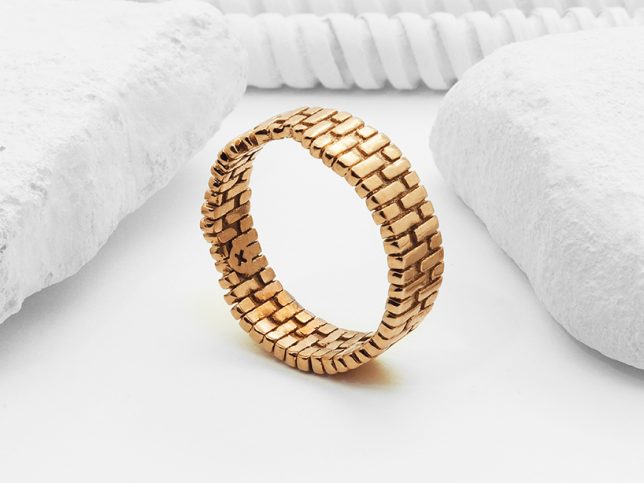
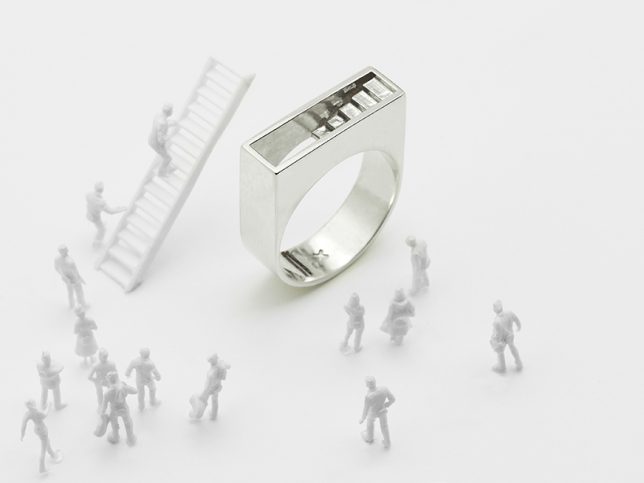
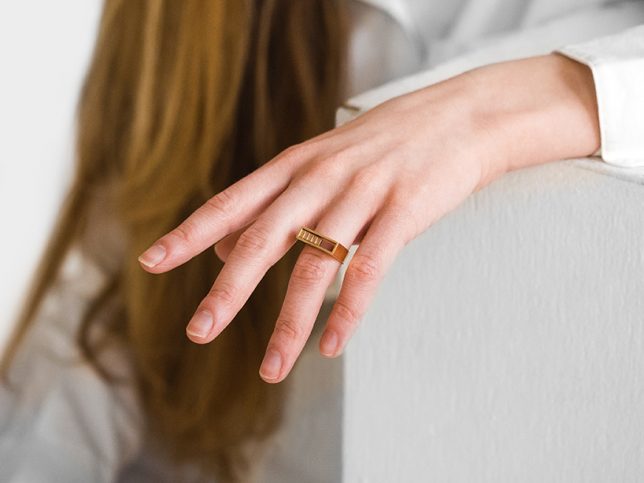
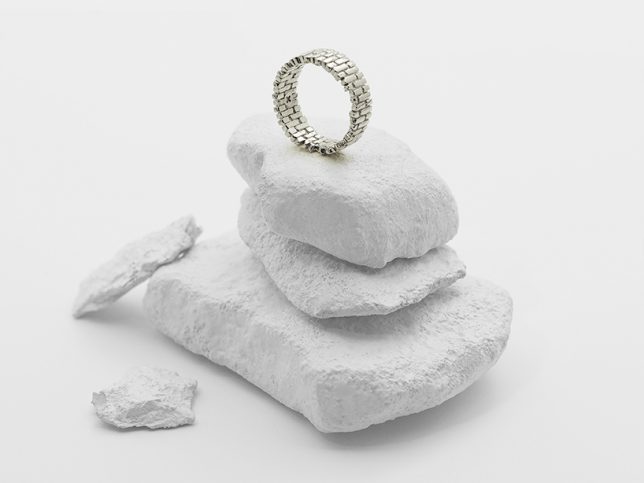

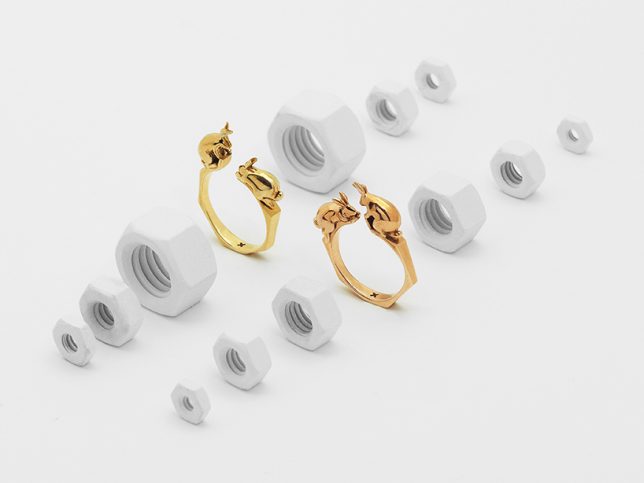
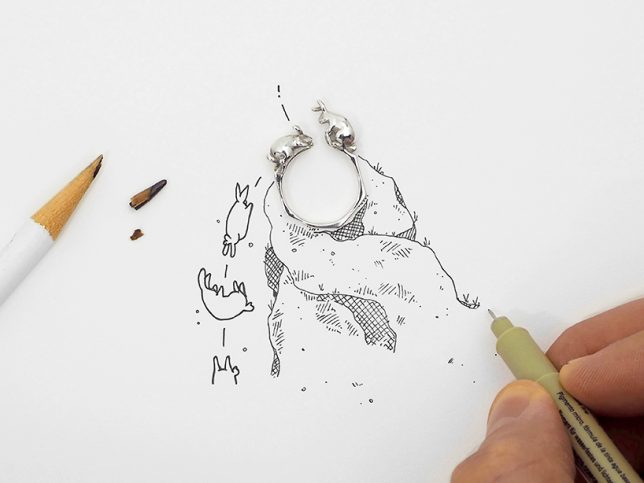
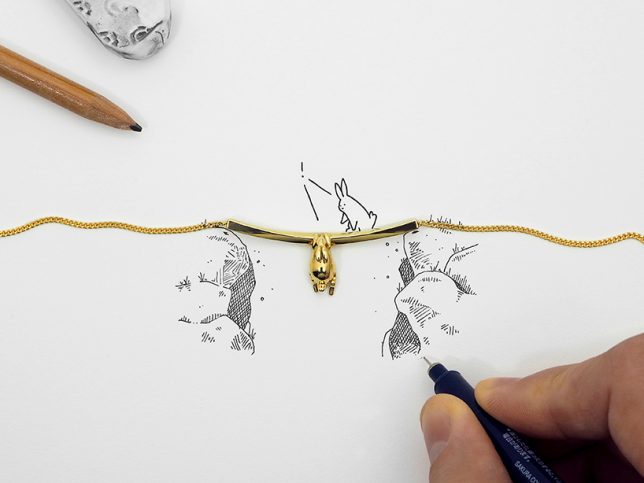
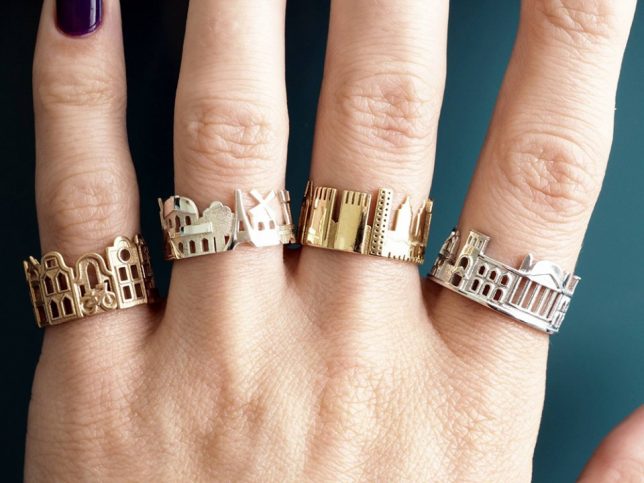
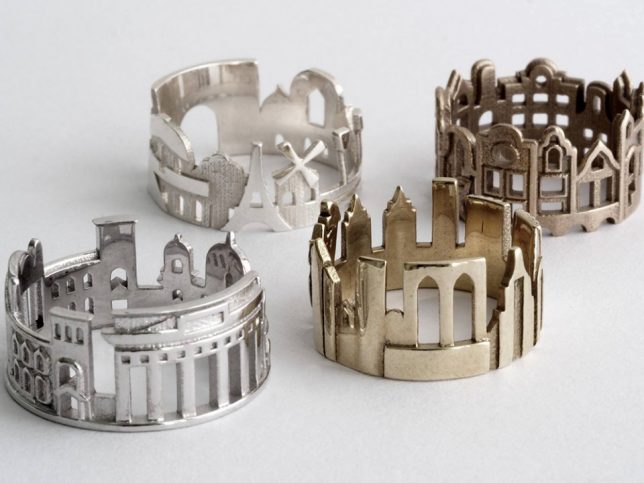





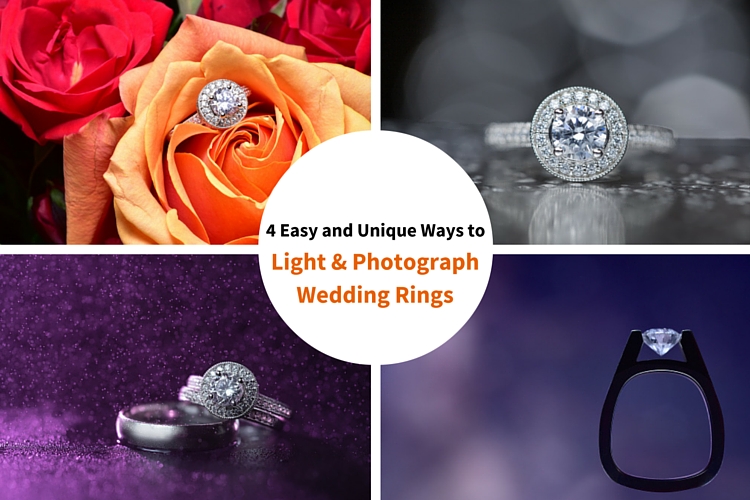
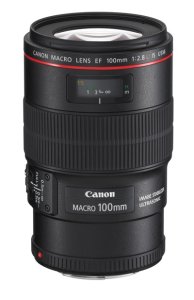
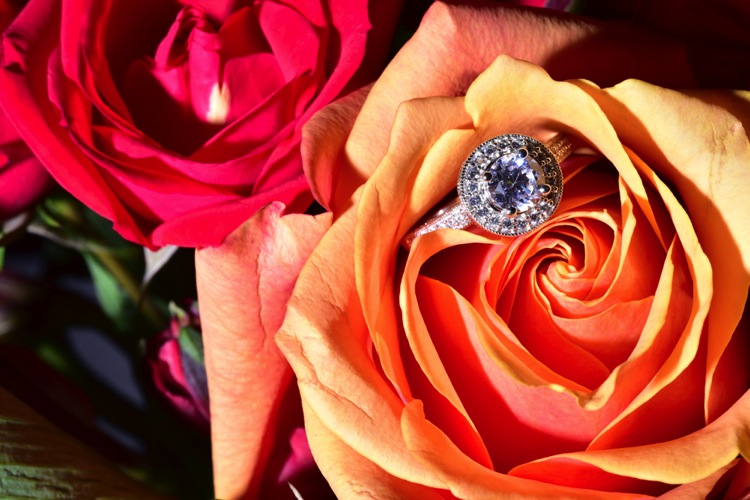
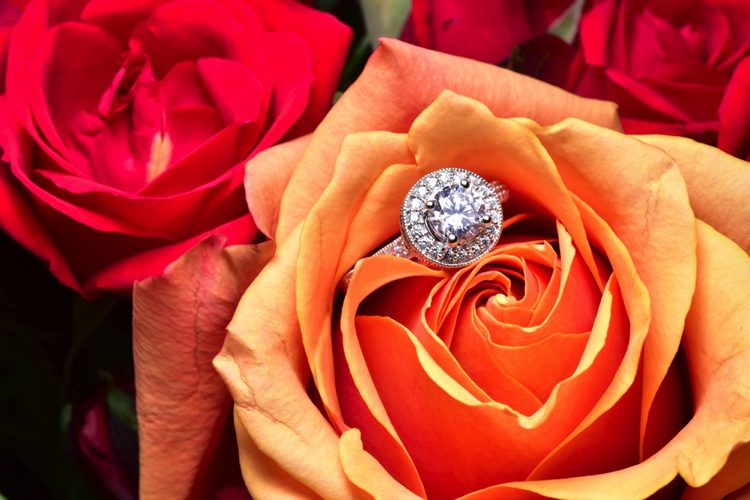
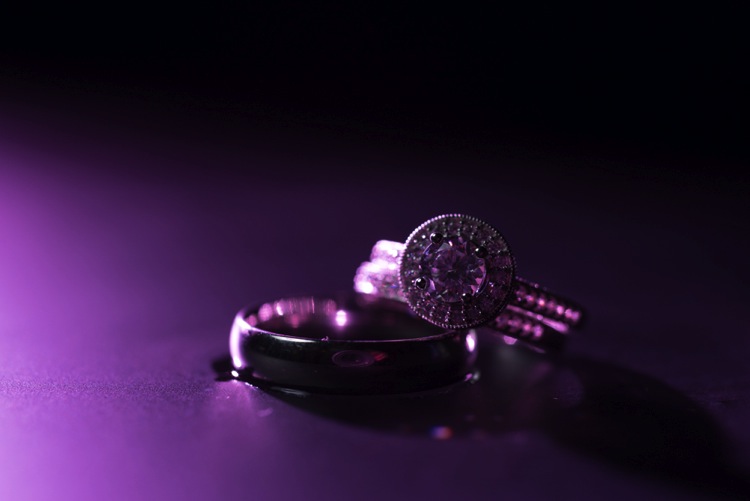
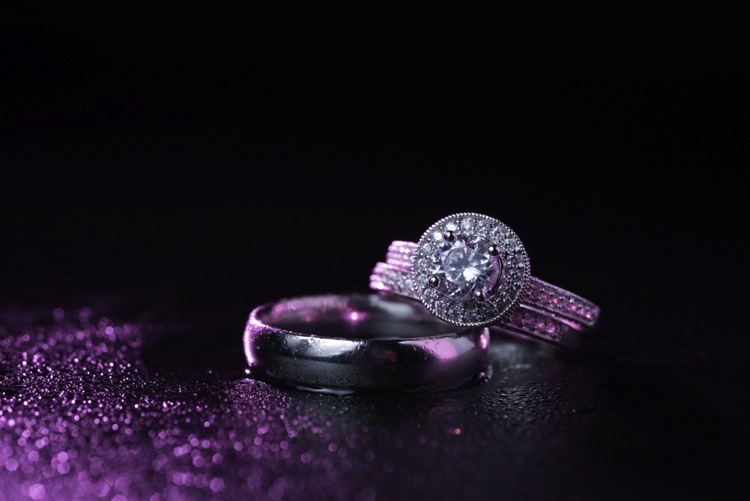
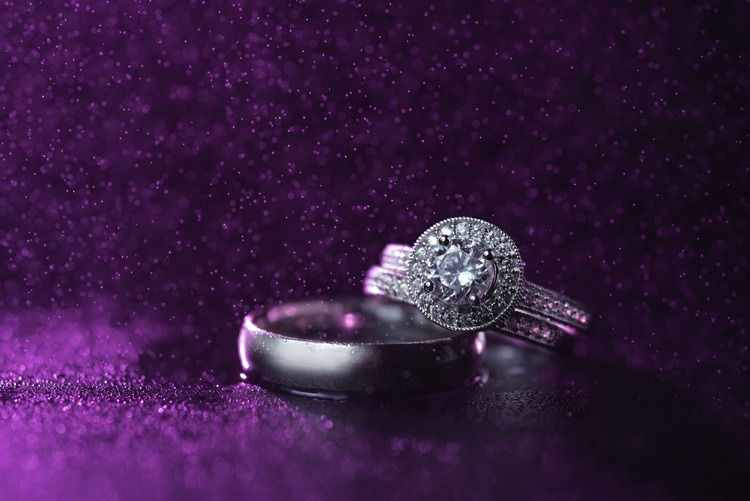
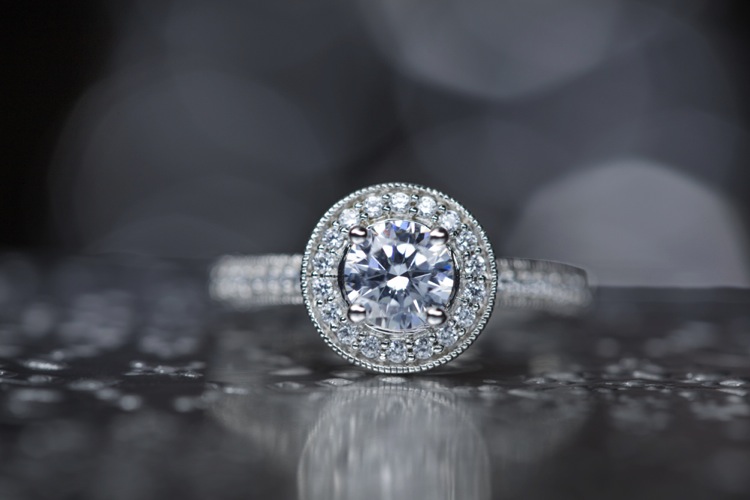


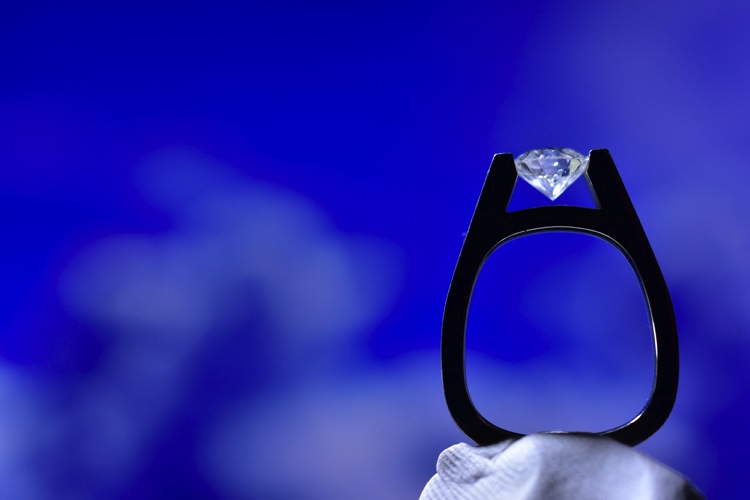
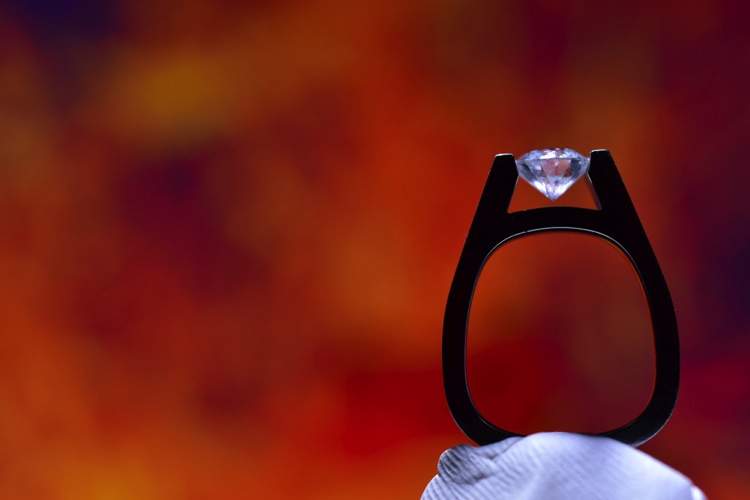

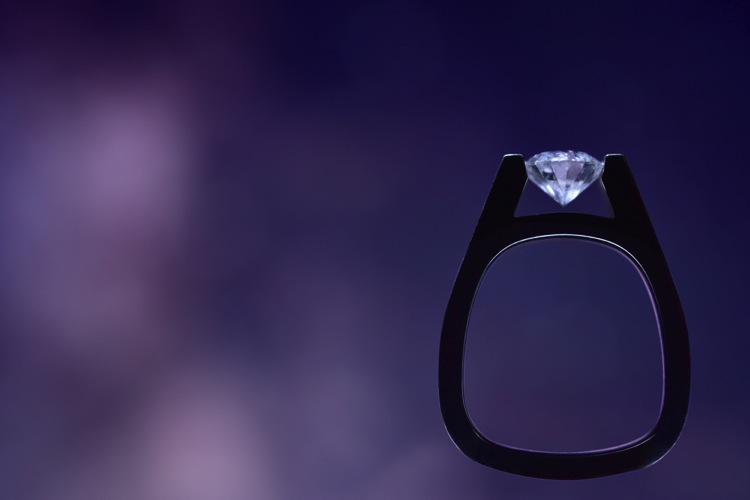

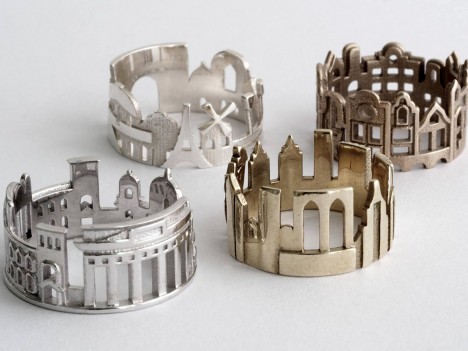
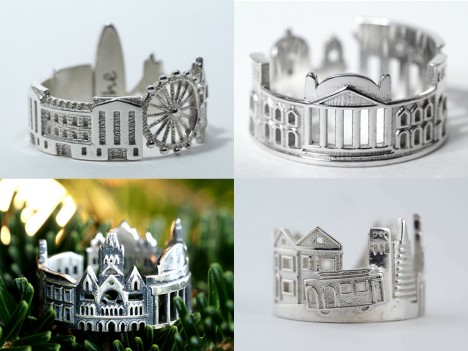
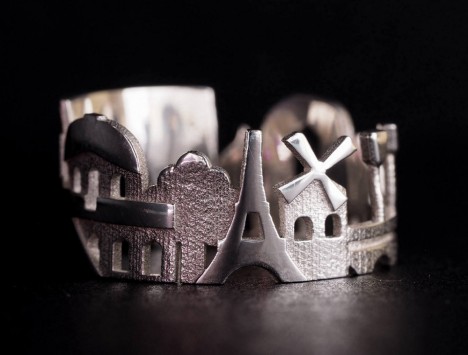
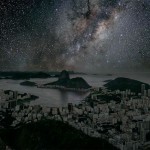
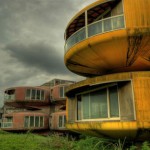
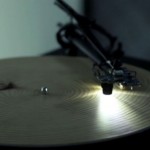




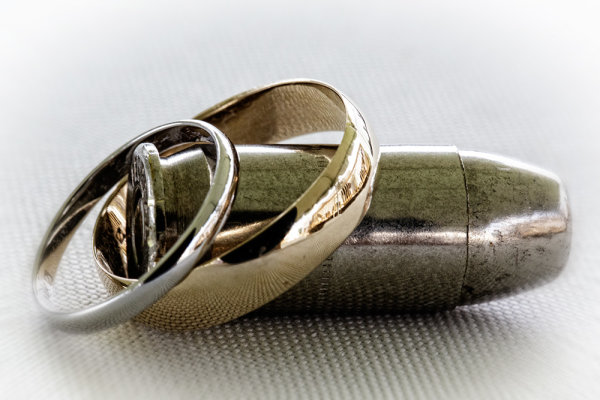
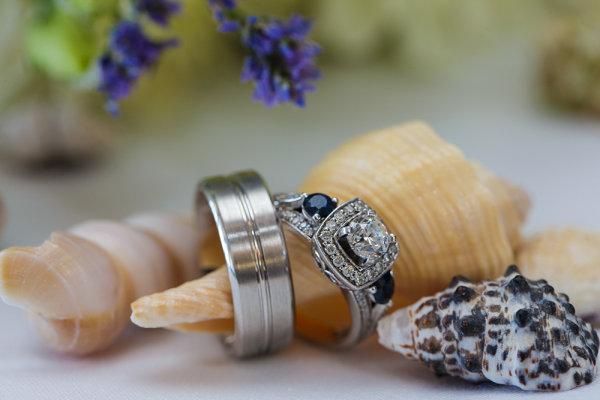
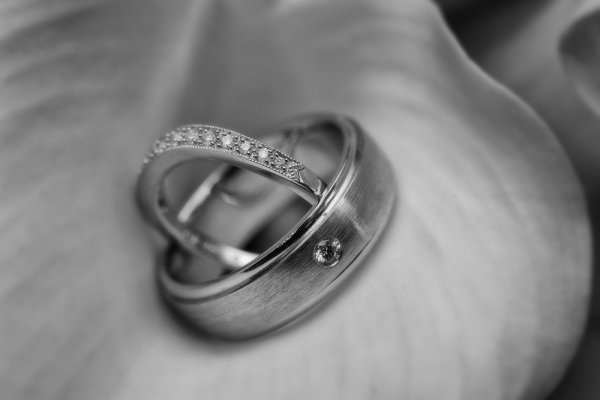
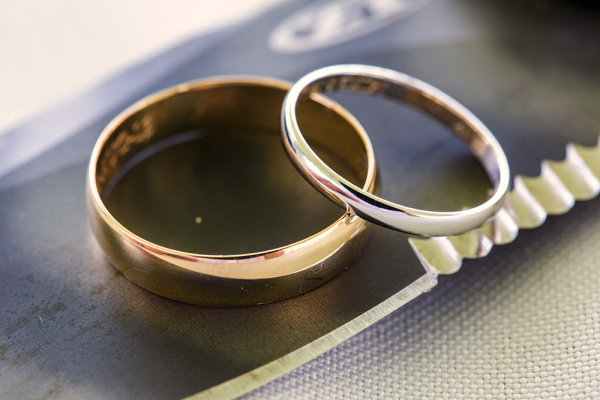

You must be logged in to post a comment.